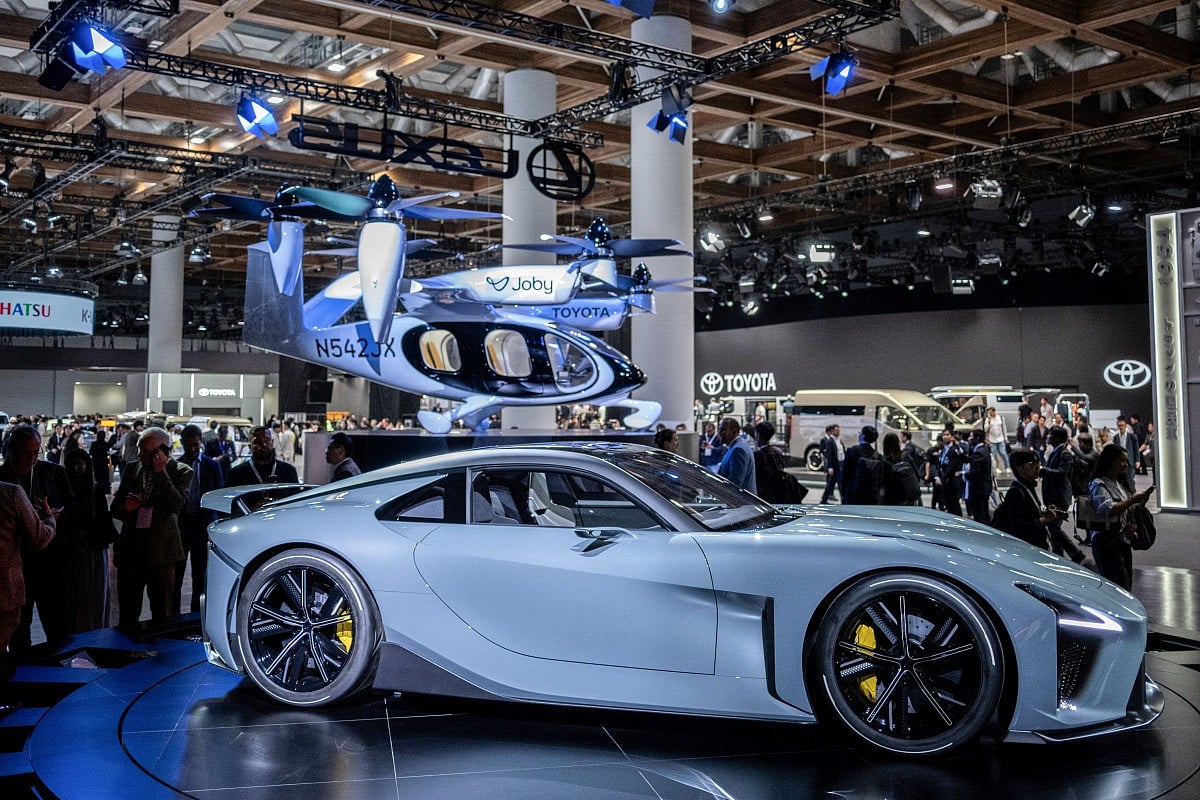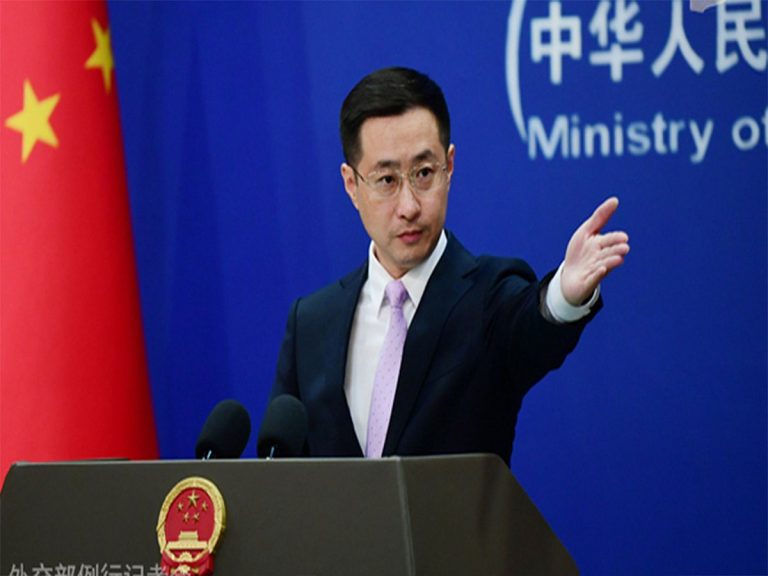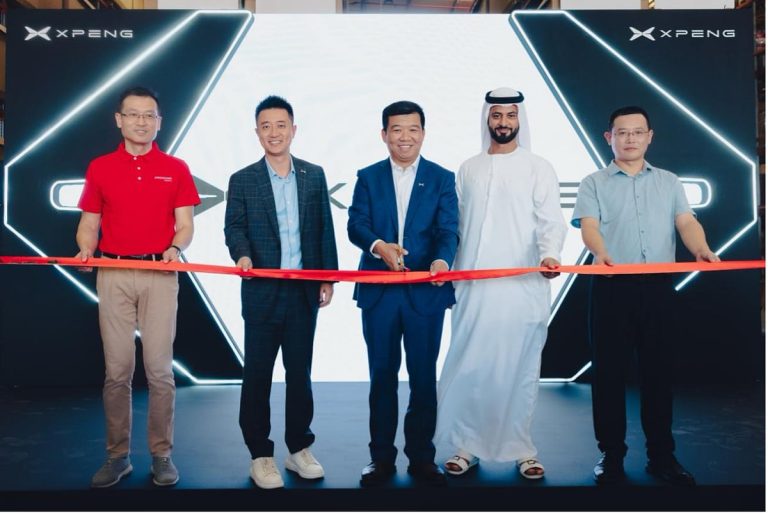Innovations at Tokyo Mobility Show Amid Tariff Challenges
The Tokyo Mobility Show is showcasing a blend of cutting-edge technology and innovative transport solutions, moving beyond traditional vehicles to explore futuristic concepts. From electric cars to advanced personal mobility devices, the event highlights the automotive industry’s response to evolving consumer needs and environmental challenges.
Futuristic Transport Innovations
This year’s show features a variety of groundbreaking designs aimed at enhancing personal mobility. Honda Motor Co. introduced the Uni-One, a robotic chair designed for quick transport, emphasizing the importance of personal mobility by 2035. This compact, boxlike machine operates quietly, allowing users to navigate urban environments with ease.
Toyota Motor Corp. is also pushing boundaries with a helicopter-like aircraft still in development, created in collaboration with U.S. aviation company Joby. This innovation reflects the company’s commitment to exploring diverse transportation methods, which are on display at the Tokyo Big Sight exhibition space until November 9.
Electric Vehicles and Sustainability
Nissan Motor Corp. unveiled its Sakura electric car prototype, featuring a unique solar roof called the “Ao-Solar Extender.” This design allows the vehicle to generate power while parked, providing energy for household gadgets and serving as a power station during emergencies. Targeted at environmentally conscious consumers, particularly mothers, the model aims to enhance daily life through sustainable energy solutions.
Mazda Motor Corp. is also focusing on sustainability, with CEO Masahiro Moro discussing the development of vehicles that can interpret drivers’ emotions while promoting reduced carbon emissions. Moro emphasized the joy of driving as a key factor in shaping the future of mobility.
Economic Context and Trade Relations
Despite the excitement surrounding technological advancements, the backdrop of U.S. tariffs under President Donald Trump casts a shadow over the event. Tariffs have increased from 2.5% to 15%, significantly impacting Japanese automakers. Recent estimates suggest that these tariffs could lead to a loss of over 2 trillion yen (approximately $13 billion) in annual operating profits for the industry.
During his recent visit to Japan, Trump met with business leaders, including Nissan’s Chief Executive Ivan Espinosa. The discussions were described as constructive, with both parties exploring ways to address trade imbalances. In response to the tariffs, Japanese automakers are considering strategies such as importing U.S.-made models back to Japan.
Market Dynamics and Future Strategies
Japanese automakers export over a million vehicles to the U.S. annually, while the domestic market sees sales of 4.4 million vehicles. However, American cars account for only about 16,000 sales in Japan, highlighting the significant disparity in market presence. Japanese vehicles represent around 40% of the American market, with many produced in U.S. plants.
Toyota’s CEO, Koji Sato, acknowledged the need for tailored offerings to meet diverse market preferences. He expressed a long-term commitment to being a vital part of the American auto industry. Additionally, Toyota showcased the Land Hopper, a compact electric bicycle designed for use with the new Land Cruiser FJ, set to launch in Japan next year.
As Japanese exports to the U.S. have surged in recent months to counteract tariff impacts, analysts predict that automakers will increasingly focus on U.S. production and diversify their export markets to include countries like Australia and Canada. Darcey Bowling, an auto analyst at BMI, noted that the elevated tariffs will pose challenges for Japan’s vehicle market in the coming year.
FAQs
What innovations are being showcased at the Tokyo Mobility Show?
The show features a range of futuristic transport solutions, including Honda’s robotic chair, Toyota’s helicopter-like aircraft, and Nissan’s solar-powered electric car prototype.
How are U.S. tariffs affecting Japanese automakers?
The increased tariffs are expected to significantly reduce annual operating profits for Japanese automakers, prompting them to explore strategies like importing U.S.-made models back to Japan.
What is the significance of the Land Cruiser FJ’s launch?
The Land Cruiser FJ, set to debut next year, represents Toyota’s commitment to the Japanese market and showcases their innovative approach to combining traditional vehicles with modern technology.
Conclusion
The Tokyo Mobility Show highlights the automotive industry’s innovative spirit while navigating the complexities of international trade. As Japanese automakers adapt to the challenges posed by U.S. tariffs, they continue to focus on sustainability and technological advancements to meet consumer demands. The future of mobility remains bright, with ongoing developments promising to reshape transportation in the years to come.
Also Read:
The Importance of Slowing Down in Modern Life







